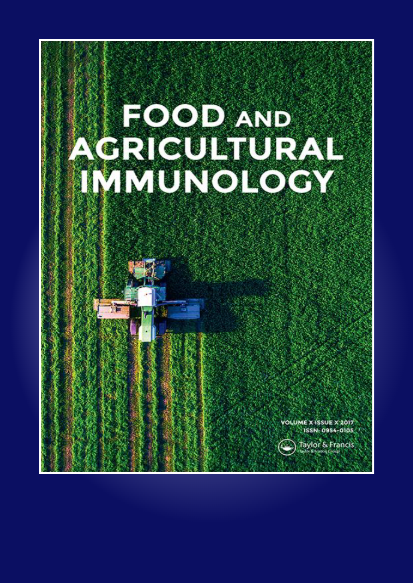Molecular mechanisms and biomarkers underlying the protective roles of the nutraceutical laminarin against ischaemic strokes
IF 2.1
3区 农林科学
Q3 CHEMISTRY, APPLIED
引用次数: 0
Abstract
ABSTRACT Stroke is the second leading cause of death and a major cause of disability worldwide. Ischemic stroke accounts for approximately >60% of all stroke, and >80% of strokes can be prevented. Middle cerebral artery occlusion (MCAO) is a common cause of stroke in humans. MCAO is associated with blood vessel-related problems, such as reduced vascular plasticity and hypertension. These problems can be attenuated by the use of nutraceuticals such as laminarin. Laminarin is a storage glucan commonly found in brown algae. Accumulating evidence and studies have revealed that laminarin is a promising candidate drug for treating ischaemic stroke. However, details on pharmaceutical targets and molecular mechanisms underlying laminarin’s beneficial effects for treating ischaemic stroke remains largely unknown. Herein, we applied network pharmacology, bioinformatic analysis, and middle cerebral artery occlusion model to delineate the protective role of laminarin. By comparing the laminarin- and MCAO-associated genes, we identified 23 potential targets including tumour necrosis factor (TNF), vascular endothelial growth factor A, selectin P, presenilin 1, fibroblast growth factor 2, microtubule-associated protein tau, caspase 3, matrix metallopeptidase 1, 5-hydroxytryptamine receptor 2A, telomerase reverse transcriptase, interleukin 2, signal transducer and activator of transcription 3 (STAT3), ATP binding cassette subfamily B member 1, catalase, superoxide dismutase 2, adenosine A1 receptor, adenosine A2a receptor, 5-hydroxytryptamine receptor 1B, heat shock protein 90 alpha family class A member 1, matrix metallopeptidase 8, BCL2-like 1, galectin 3, and epoxide hydrolase 2 of laminarin against ischaemic stroke. The gene ontology enrichment and Kyoto Encyclopedia of Genes and Genomes enrichment analyses highlighted the importance of this gene cluster in the development of blood vessels, neuronal cell death, brain functions, and neuroinflammation. Furthermore, molecular docking analysis suggested a direct binding of laminarin to its target proteins STAT3 and TNF. Our results provide the pharmaceutical targets and delineate the details regarding the molecular mechanisms underlying the beneficial effects of laminarin against ischaemic stroke. Moreover, our findings support those of previous studies suggesting laminarin as a promising drug for treating ischaemic stroke.营养药物层压蛋白对缺血性中风的保护作用的分子机制和生物标志物
本文章由计算机程序翻译,如有差异,请以英文原文为准。
求助全文
约1分钟内获得全文
求助全文
来源期刊

Food and Agricultural Immunology
农林科学-毒理学
CiteScore
5.30
自引率
6.70%
发文量
52
审稿时长
2 months
期刊介绍:
Food and Agricultural Immunology is an international open access journal publishing original immunological research with applications in food, agricultural, environmental and veterinary science. Submissions describing the use of immunological techniques and methods are particularly welcomed.
The journal aims to expand our understanding of the interactions at the interface of food and immune systems including studies on:
-Development of diagnostic systems – all types of ligand-based assays, e.g. antibody, aptamer
-Application of ligand-based assays for the detection or identification of molecules of interest in food science, agricultural research, veterinary investigations and clinical systems relating to food allergy or sensitivity to agricultural chemicals
-Effects of food on the immune system
-Studies on allergy and allergic reactions
-Investigations into food allergies
-Development of allergen-free food systems
-Development of novel assay formats
-Applications of assay systems to the monitoring of food items in relation to safety and labelling
-Food quality issues, e.g. speciation, adulteration and contamination
-Comparisons between different analytical techniques
The journal publishes research and review articles and is essential reading for food scientists, immunologists and all those concerned with the interaction between food and immune systems.
 求助内容:
求助内容: 应助结果提醒方式:
应助结果提醒方式:


